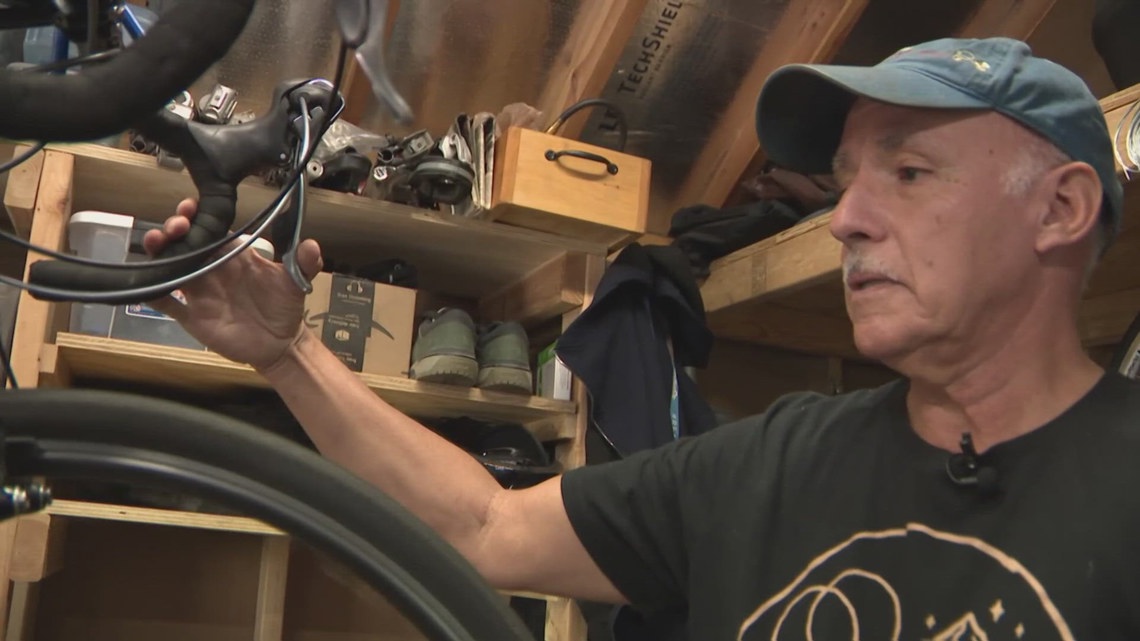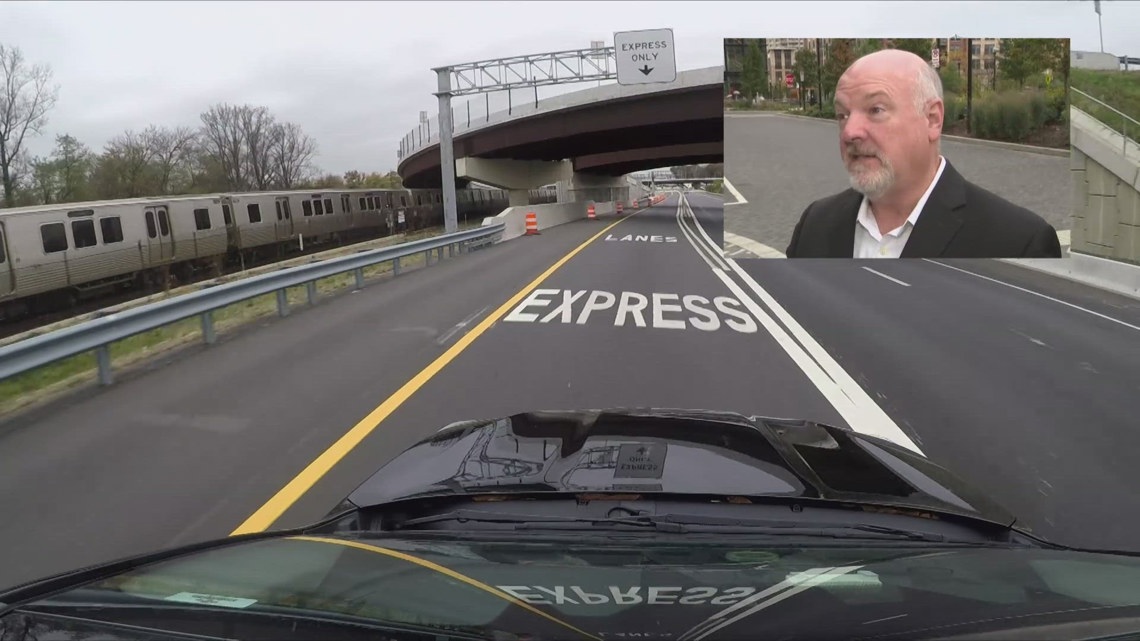The box, which is about a cubic foot, was discovered in May during the restoration of a monument honoring Revolutionary War hero Thaddeus Kosciuszko.


WEST POINT, N.Y. — The highly anticipated opening of a lead box believed to have been placed in the base of a West Point monument by cadets almost two centuries ago yielded little more than gray silt when unsealed during a livestreamed event Monday.
An audience at the U.S. Military Academy primed to see military relics or historical documents pulled from the box instead watched as experts pried open the top and announced there was just a layer of sediment on the bottom.
“A little disappointed. We built up to this quite a bit,” Paul Hudson, West Point archeologist, said after the event. “And I’ll tell you the truth, that was the last outcome that I expected with all the trouble that they went to create that box, put it in the monument."
The box, which is about a cubic foot, was discovered in May during the restoration of a monument honoring Revolutionary War hero Thaddeus Kosciuszko. That lead to speculation there might be items inside honoring Kosciuszko or from cadet life in the late 1820s, when the monument was erected. Would there be any musket balls, messages from students, or clues to historical mysteries?
The underwhelming results of the live opening brought comparisons to Geraldo Rivera’s televised unsealing of Al Capone’s vault in 1986. In fact, academy officials joked about the possibility before the official unsealing.
“I was told yesterday that if we had a sense of humor, we would have asked Mr. Rivera to be up here with us,” Gen. Shane Reeves, the academy’s academic dean, told the crowd of cadets, officers and civilians.
Academy officials believe the box was left by cadets in 1828 or 1829, when the original monument was completed. Kosciuszko had designed wartime fortifications for the Continental Army at West Point.
A committee of five cadets that included 1829 graduate Robert E. Lee, the future Confederate general, was involved with the dedication of the monument.
Hudson said it appeared that moisture seeped in from a damaged seam on the box and it was likely that sediment got inside. The conditions also could have disintegrated any organic matter inside, like paper or wood.
“We’re going to remove all of that sediment and we’ll screen it through some fine mesh screen and see if anything comes out of it,” Hudson said.
.png)









 English (US) ·
English (US) ·